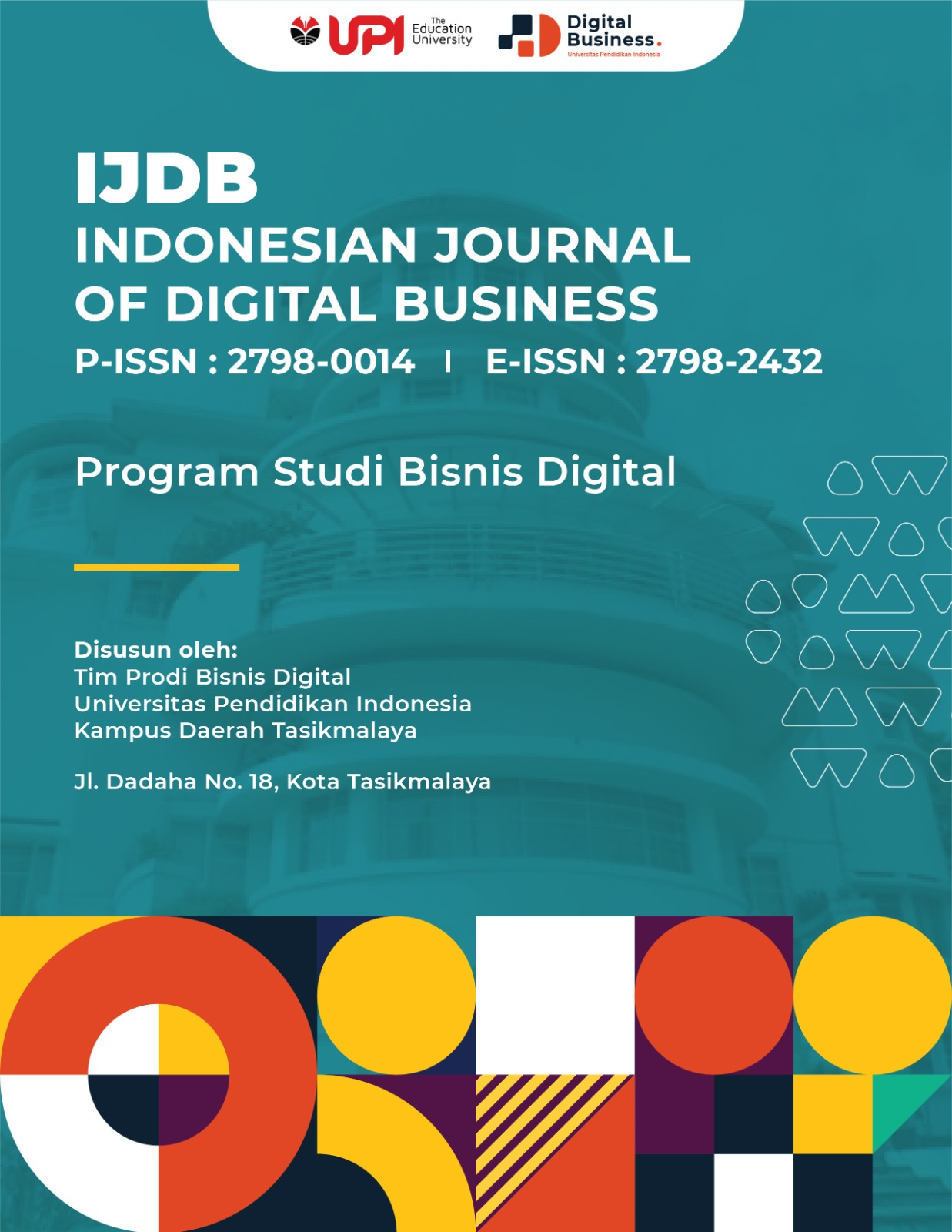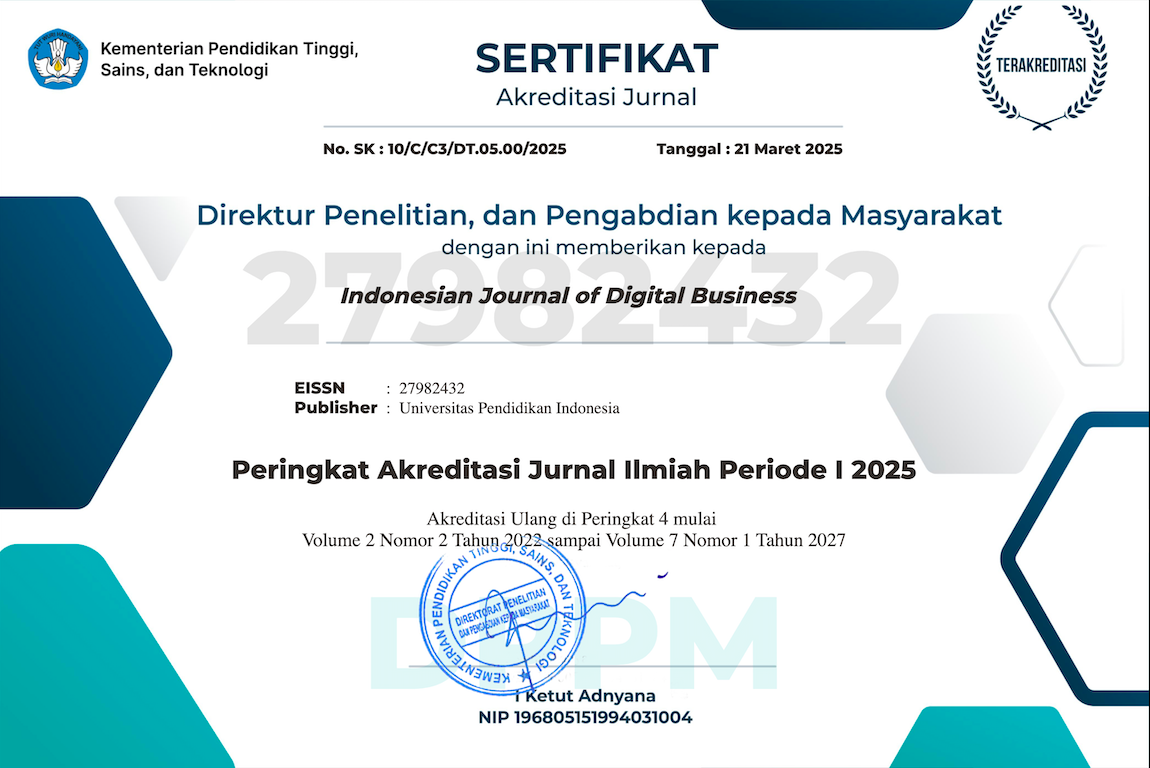Techno-Economic Analysis in The Production of Copper Nanoparticles with Chemical Reduction Methods using L-Ascorbic Acid
Abstract
Keywords
Full Text:
PDFReferences
Amrollahi, P., Ataie, A., Nozari, A., and Sheibani, S. (2014). Synthesis and characterization of CuNi magnetic nanoparticles by mechano-thermal route. Journal of Superconductivity and Novel Magnetism, 27(2), 481-485.
Das, R., Das, B. K., Shukla, R., Prabaharan, T., and Shyam, A. (2012). Analysis of electrical explosion of wire systems for the production of nanopowder. Sadhana, 37(5), 629-635.
Giuffrida, S., Costanzo, L. L., Ventimiglia, G., and Bongiorno, C. (2008). Photochemical synthesis of copper nanoparticles incorporated in poly (vinyl pyrrolidone). Journal of Nanoparticle Research, 10(7), 1183-1192.
Isomura, Y., Narushima, T., Kawasaki, H., Yonezawa, T., and Obora, Y. (2012). Surfactant-free single-nano-sized colloidal Cu nanoparticles for use as an active catalyst in Ullmann-coupling reaction. Chemical Communications, 48(31), 3784-3786.
Lee, Y., Choi, J. R., Lee, K. J., Stott, N. E., and Kim, D. (2008). Large-scale synthesis of copper nanoparticles by chemically controlled reduction for applications of inkjet-printed electronics. Nanotechnology, 19(41), 415604.
Moniri, S., Ghoranneviss, M., Hantehzadeh, M. R., and Asadabad, M. A. (2017). Synthesis and optical characterization of copper nanoparticles prepared by laser ablation. Bulletin of Materials Science, 40(1), 37-43.
Mubarok, F. A., and Nandiyanto, A. D. (2019). Engineering and Economic Evaluation of Production of Copper Nanoparticle by Chemically Controlled Reduction. International Journal of Engineering and Science Applications, 6(2), 85-91.
Nandiyanto, A. B. D., Maulana, A. C., Ragadhita, R., and Abdullah, A. G. (2018). Economic evaluation of the production ethanol from cassava roots. In IOP Conference Series: Materials Science and Engineering, 288(1), 012023.
Nasibulin, A. G., Ahonen, P. P., Richard, O., Kauppinen, E. I., and Altman, I. S. (2001). Copper and copper oxide nanoparticle formation by chemical vapor nucleation from copper (II) acetylacetonate. Journal of Nanoparticle Research, 3(5), 383-398.
Ramyadevi, J., Jeyasubramanian, K., Marikani, A., Rajakumar, G., and Rahuman, A. A. (2012). Synthesis and antimicrobial activity of copper nanoparticles. Materials letters, 71, 114- 116.
Sedighi, A., Montazer, M., and Hemmatinejad, N. (2014). Copper nanoparticles on bleached cotton fabric: in situ synthesis and characterization. Cellulose, 21(3), 2119-2132.
Shende, S., Ingle, A. P., Gade, A., and Rai, M. (2015). Green synthesis of copper nanoparticles by Citrus medica Linn.(Idilimbu) juice and its antimicrobial activity. World Journal of Microbiology and Biotechnology, 31(6), 865-873.
Solanki, J. N., Sengupta, R., and Murthy, Z. V. P. (2010). Synthesis of copper sulphide and copper nanoparticles with microemulsion method. Solid State Sciences, 12(9), 1560-1566.
Tanabe, K. (2007). Optical radiation efficiencies of metal nanoparticles for optoelectronic applications. Materials Letters, 61(23-24), 4573-4575.
Theivasanthi, T., and Alagar, M. (2011). Nano sized copper particles by electrolytic synthesis and characterizations. International Journal of Physical Sciences, 6(15), 3662-3671.
Varshney, R., Bhadauria, S., and Gaur, M. S. (2012). A review: biological synthesis of silver and copper nanoparticles. Nano Biomedicine & Engineering, 4(2).
Wen, J., Li, J., Liu, S., and Chen, Q. Y. (2011). Preparation of copper nanoparticles in a water/oleic acid mixed solvent via twostep reduction method. Colloids and Surfaces A: Physicochemical and Engineering Aspects, 373(1-3), 29-35.
Xiong, J., Wang, Y., Xue, Q., and Wu, X. (2011). Synthesis of highly stable dispersions of nanosized copper particles using L-ascorbic acid. Green Chemistry, 13(4), 900-904.
DOI: https://doi.org/10.17509/ijdb.v2i2.55926
Refbacks
- There are currently no refbacks.
Copyright (c) 2023 Universitas Pendidikan Indonesia (UPI)

This work is licensed under a Creative Commons Attribution-ShareAlike 4.0 International License.
Indonesian Journal of Digital Business is published by Universitas Pendidikan Indonesia (UPI)
and managed by Department of Digital Business
Jl. Dr. Setiabudi No.229, Kota Bandung, Indonesia - 40154
View My Stats





1.png)